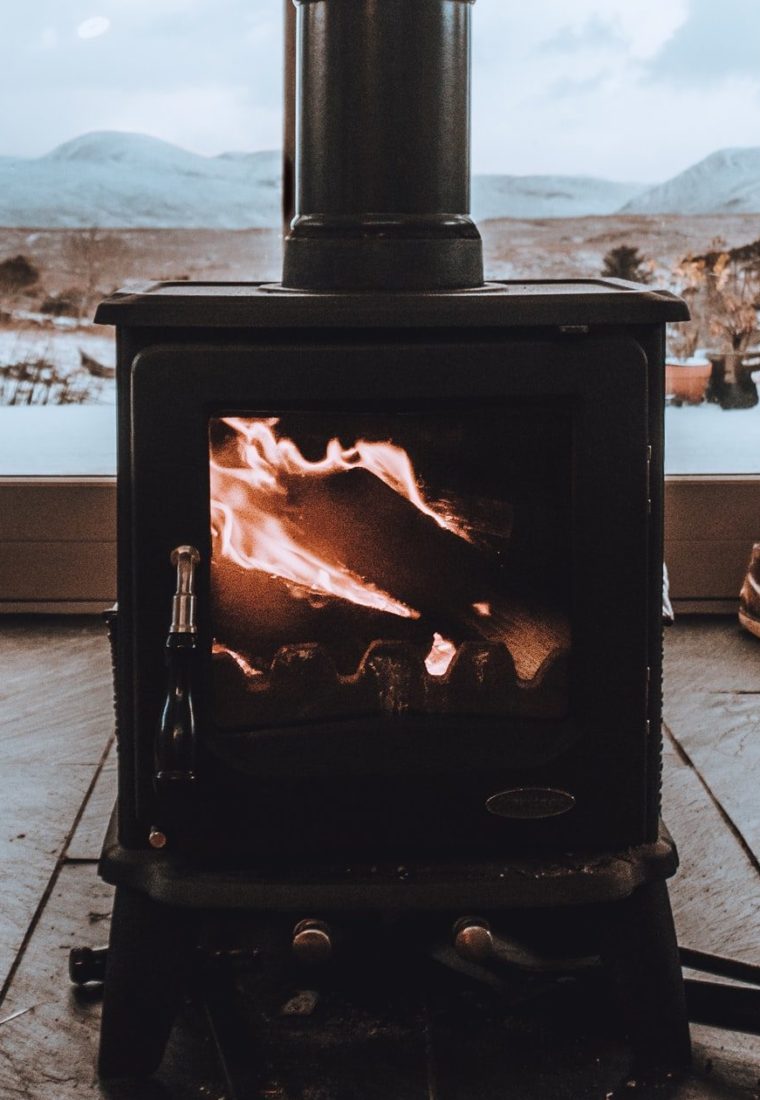Homesteader’s Guide to COVID-19 Social Distancing
No doubt, you’ve been hearing about the spread of COVID-19, the Coronavirus with flu-like symptoms that are currently sweeping the world. At this point in the infection’s progress, no location is considered safe. However, millions of people are not yet infected and may never get infected. The best way to protect yourself and your family is to practice a procedure coined “Social Distancing”. Read on for the Homesteader’s Guide to COVID-19 Social Distancing.
Social distancing means limiting your physical contact with other people and avoiding places where many other people have been. Fortunately for us, this is something homesteaders are ready to handle. After all, widespread illness is one of the many things worth preparing for when building a self-sufficient home.
As a homesteader, here’s a complete run-down of how your whole family safely practice social distancing to limit the spread of infection into your home.
Avoid Highly Populated Areas and Buildings
Anywhere that people gather like transport stations, stores, and schools have become infection hubs. Stay away from them whenever possible. Travel alone or only with members of your household, with whom you already share most immunities and illnesses by default. Avoid grocery stores, markets, schools, community centers, and even busy intersections where people pass close enough to potentially brush shoulders. This is the overarching concept for the Guide to COVID-19 Social Distancing.
Cancel or Postpone Social Events
Unfortunately, community and team events will need to be canceled until the epidemic passes. Talk to your whole family about canceling and not attending events. If you are a host or part of a planning committee, it’s your responsibility to protect everyone else by sending out cancellation messages. If hosts of an event you know about haven’t canceled yet, get in touch to help everyone keep a safe distance for now.
Organize No-Contact Grocery and Supply Deliveries
Of course, you still need groceries and other supplies, and so do your neighbors. It is no longer safe for people to come to stores and markets to stock up. But no-contact deliveries are safe. If someone comes to your gate and leaves a crate of groceries, you can retrieve that crate after they have gone. If both of you use gloves and/or disinfectant, you will be safe. Even families in quarantine can receive supplies this way.
To organize a network of no-contact supply deliveries. Use plastic crates at some distance on your porch or by the front gate and arrange for digital payments, whether you’re buying from neighbors or local shops. Anyone healthy and available can take first-responder contributions by in-store order shopping and driving deliveries, wearing masks and gloves to limit contact.
Disinfect Shared Surfaces Before (& After) Use
Any shared surface, at home or out in public, should be constantly disinfected between uses. It is important to limit even indirect contact between two people. Even in your household, if one person brings it in but the strain is weak, limited contact can keep the rest of the family safe. And, of course, disinfecting before touching anything outside the home will prevent you from picking up COVID-19 and bringing it into the family.
Consider wearing a mask and gloves if you need to visit a place where there are many shared surfaces or people must gather during this pandemic.
Keep All Your Animals On-Property and Do Not Accept Outside Animals
On rare occasions, coronavirus can spread to animals, and animals can give it to people. So as a homesteader, it’s important to also keep your animals isolated from those on other properties. Because the transfer is rare, it is unlikely your animals have already been infected. However, if an animal has recently visited another property, you may want to isolate it and limit contact for 14 days. Do not allow your animals to leave the property intentionally or unintentionally, and do not allow outside animals to enter your property.
Secure Your Fences and Post Property Warnings
Speaking of unintentional property wandering, secure your fences. Make sure every fence and gate is doing its job properly and is secured shut. If you haven’t already, place signs letting any human wanderers know that they have reached your property line and to turn back. This will help maintain the mild quarantine that is currently limiting the spread of COVID-19 infection.
Stand 3+ Feet Away from Others
Finally, when you do have to meet others and at home with family, stand at least three feet apart. This is the range that the virus can travel in small particles off of the body. Limit physical contact, if possible, especially with at-risk family members like the young, elderly, or immuno-suppressed.
Here at House & Homestead, we know that keeping your family safe is a top priority. Social distancing is currently the best way to do that, by completely limiting your family’s physical contact with others who might be infected. Fortunately, the internet provides us with ways to organize and stay connected, though we cannot currently meet in person. Get in touch with your community and make sure everyone is getting supplies and knows how to social-distance safely to limit the spread of this infection. Thank you for reading this Guide to COVID-19 Social Distancing, if you found it valuable please share with your friends, family, and loved ones.






